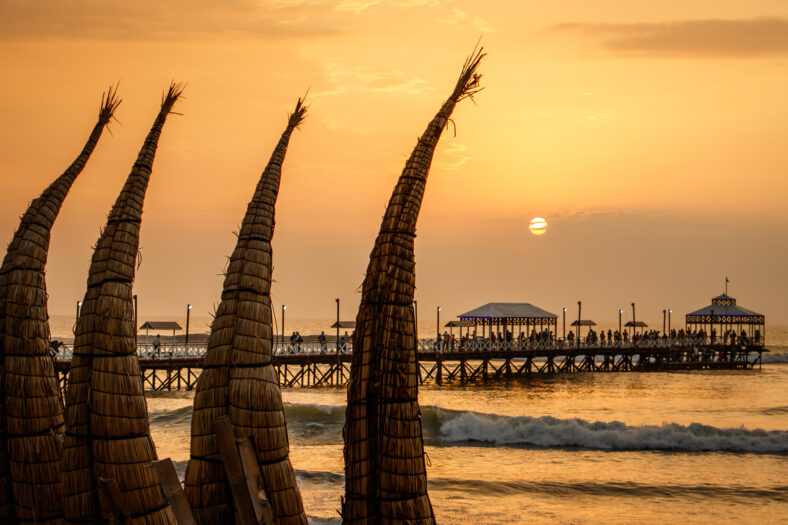76 Children Were Found Sacrificed In A 700-Year-Old Peruvian Burial Mound

At a 700-year-old burial mound in Peru, the remains of 76 sacrificed children and two adults were discovered. All of them had their chests cut open.
The burial mound measured 197 by 66 feet and was found at Pampa La Cruz, which is located near the coastal city of Trujillo in northwestern Peru. Several sacrificial sites have been uncovered in the area.
The sites are associated with the Chimú, a civilization that flourished in the region between the 12th and 15th centuries. The Chimú came before the Incas and were known for their textiles and artwork.
The sacrificed children were buried without clothes on. Their chests were cut open from the collarbone down to the sternum. Their ribs had been forced open, possibly to reach the heart.
Researchers also came across ear ornaments, silver and copper squares that may have been sewn to the children’s clothing, and Spondylus shells within the mound.
According to Gabriel Prieto, the excavation leader and an assistant professor of anthropology at the University of Florida, the Spondylus shells were worth more than gold to these people.
They could only be found farther north, which was the territory of the Lambayeque at the time. The presence of the shells was the first sign that the burial mound was connected to the Lambayeque, a civilization of skilled metalworkers.
After analyzing the 76 victims from the site, the researcher realized that all the bodies contained cranial modifications. As an infant, their skulls were elongated using boards or head wraps.
The Chimú engaged in this practice but to a less extreme degree. Since the number of cranial modifications was so high, the victims were likely from the Lambayeque culture.

Sign up for Chip Chick’s newsletter and get stories like this delivered to your inbox.
The research team examined isotopes in the remains of the sacrifice victims to learn where they grew up. Based on the isotopic analysis, some of the victims came from a large region that made up the Lambayeque territory.
The children and their families may have been conquered by the Chimú and brought to Pampa La Cruz to build irrigation systems.
The Chimú needed better irrigation systems to grow food in the area. Once the children finished building the irrigation channels, they were probably sacrificed to ensure the land’s prosperity.
“The children’s burial in this mound was possibly an offering to energize the fields,” said Prieto. “In Andean cosmology, the dead people become ancestors, and the ancestors legitimize the land’s rights and justify and support the systems that keep the land producing.”
It is the first time that evidence of non-local sacrifices was found at the site. The researchers will expand their excavations into Chan Chan, the capital of the Chimú civilization, to investigate the sacrifices further.
“It’s opening many, many windows to learn about the Chimú that goes beyond the mere idea of their ritual sacrifice,” said Prieto.
More About:News





